New angle for increasing longevity:
In a new study, scientists found that T cells can be tweaked to fight damaged cells, called senescent cells, associated with aging.
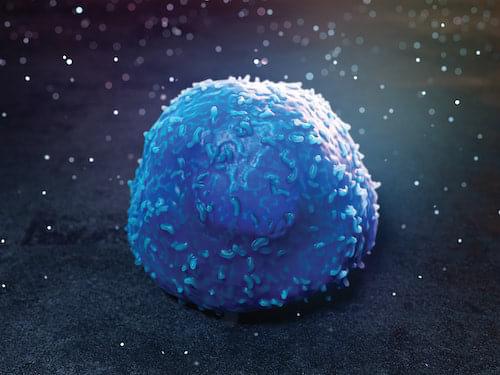

I hope more research is fruitful because I got the doctor’s results from my recent colonoscopy. The polyps are benign but pre cancerous. I go back in 5 years and I’ll be eating healthier and exercising. I gotta admit I don’t feel great but it could be something I ate.
Scientists in China have demonstrated a new kind of antidepressant could also have the potential to restore the body’s ability to fight some types of cancer.
In strategic combination with anti-tumor drugs, the oral antidepressant ansofaxine hydrochloride appears to inhibit colon cancer cell growth in cell cultures and in mice, strengthening the immune system and inducing a form of programmed cell death.
Yet to be tested on humans, it’s unclear how the results will translate as an actual cancer treatment.

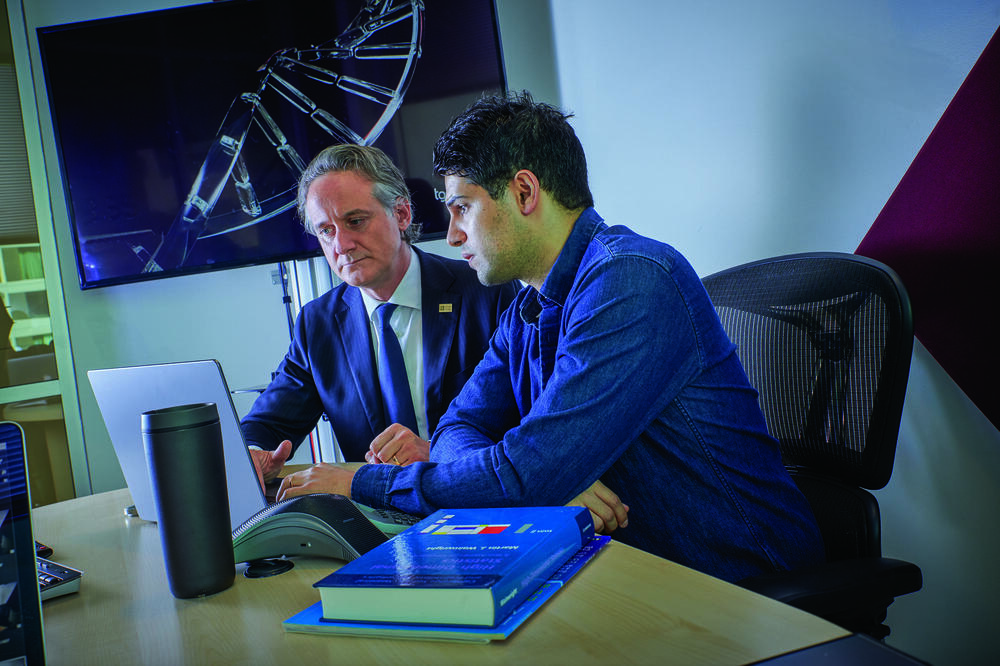
Researchers at City of Hope and Translational Genomics Research Institute (TGen) have developed and tested an innovative machine-learning approach that could one day enable the earlier detection of cancer in patients by using smaller blood draws. The study is published in the journal Science Translational Medicine.
“A huge body of evidence shows that cancer caught at later stages kills people. This new technology gets us closer to a world where people will receive a blood test annually to detect cancer earlier when it is more treatable and possibly curable,” said Cristian Tomasetti, Ph.D., corresponding author of the new study and director of City of Hope’s Center for Cancer Prevention and Early Detection.
Tomasetti explained that 99% of people diagnosed with Stage 1 breast cancer will be alive five years later; however, if it is found at Stage 4, when disease has spread to other organs, the five-year survival drops to 31%.
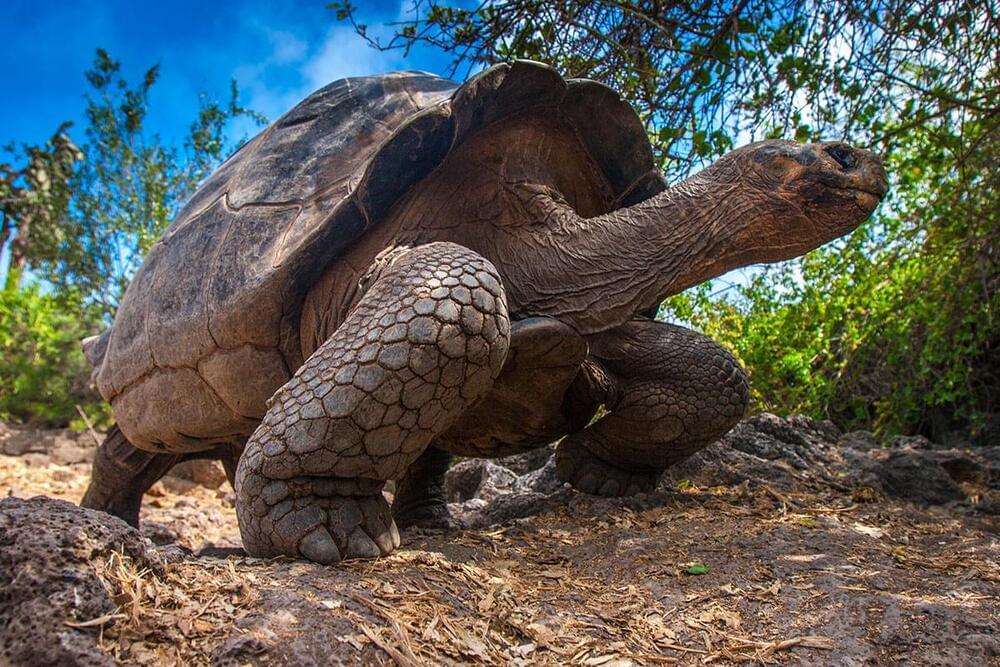
Aging is a common phenomenon among organisms, however, lifespan tends to vary across different species to a significant extent among vertebrates themselves. Aging occurs due to the gradual increase in DNA damage, disruption of cellular organelles, deregulation of protein function, disrupted metabolism and oxidative stress [1].
Longevity. Technology: The differences in lifespan are driven by trade-offs and evolutionary trajectories in the genomes of organisms. Age-specific selection also impacts allele (variations of a gene) frequencies in a population. This in turn impacts environment-specific mortality risk and disease susceptibility. Moreover, mutational processes are influenced by life history and age in both somatic and germline cells.
Now, a new review published in Trends in Genetics discusses recent advances in the evolution of aging at population, organismal and cellular scales.
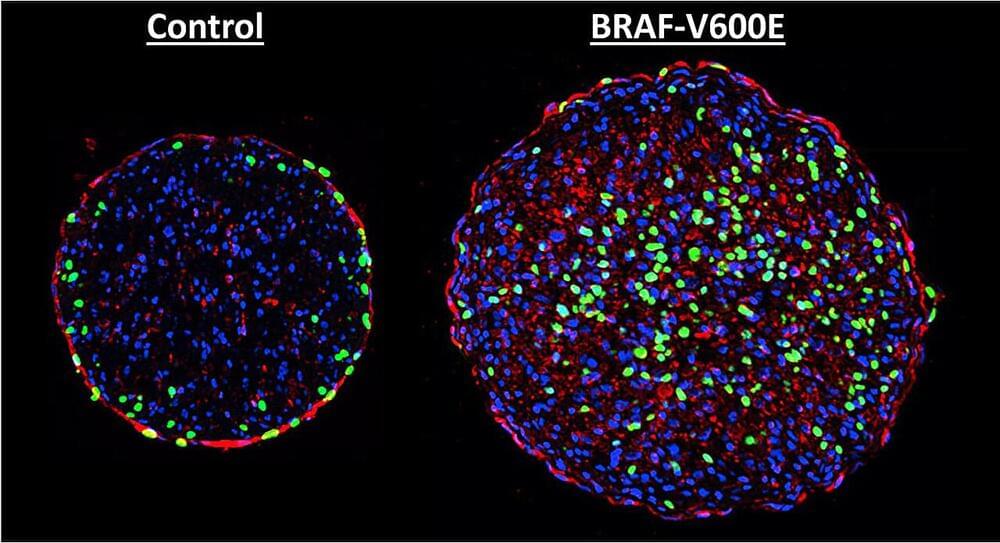
Biomedical engineers at Duke University have demonstrated that one of the most dangerous mutations found in skin cancers might moonlight as a pathway to mending a broken heart.
The genetic mutation in the protein BRAF, a part of the MAPK signaling pathway that can promote cell division, is one of the most common and most aggressive found in melanoma patients. In a new study, researchers show that introducing this mutation to rat heart tissue grown in a laboratory can induce growth.
Repairing cardiac muscle after a heart attack is the “holy grail” of heart research, complicated by the fact that heart tissue does not regenerate on its own. One potential strategy would be to persuade heart muscle cells to divide by safely delivering a therapeutic gene to patients and fully controlling its activity in the heart.

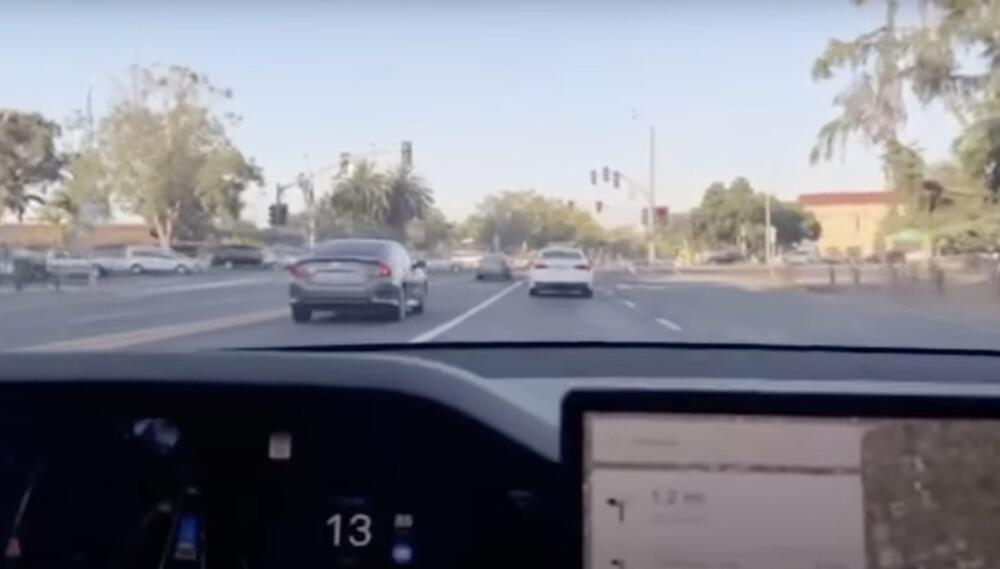
Tesla adds Automatic Set Speed Offset
Tesla has added a feature called “Automatic Set Speed Offset,” which gives the car a more appropriate control of the speed of travel, helping it naturally work with the flow of traffic. The purpose of this feature is to help the car travel more naturally with other vehicles on the road.
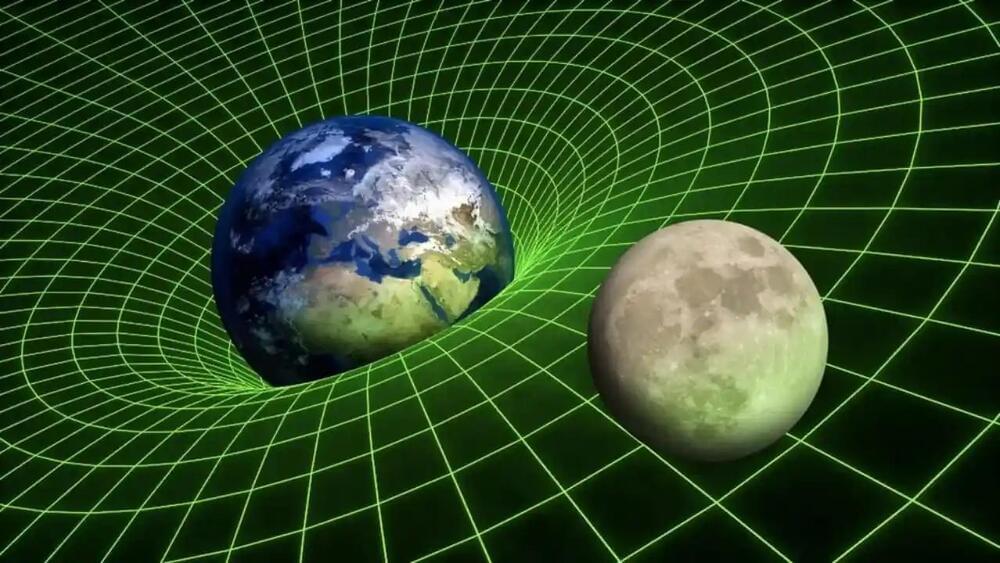
A radical theory that consistently unifies gravity and quantum mechanics while preserving Einstein’s classical concept of spacetime is announced today in two papers published simultaneously by UCL (University College London) physicists.
Modern physics is founded upon two pillars: quantum theory on the one hand, which governs the smallest particles in the universe, and Einstein’s theory of general relativity on the other, which explains gravity through the bending of spacetime. But these two theories are in contradiction with each other and a reconciliation has remained elusive for over a century.
The prevailing assumption has been that Einstein’s theory of gravity must be modified, or “quantised”, in order to fit within quantum theory. This is the approach of two leading candidates for a quantum theory of gravity, string theory and loop quantum gravity.
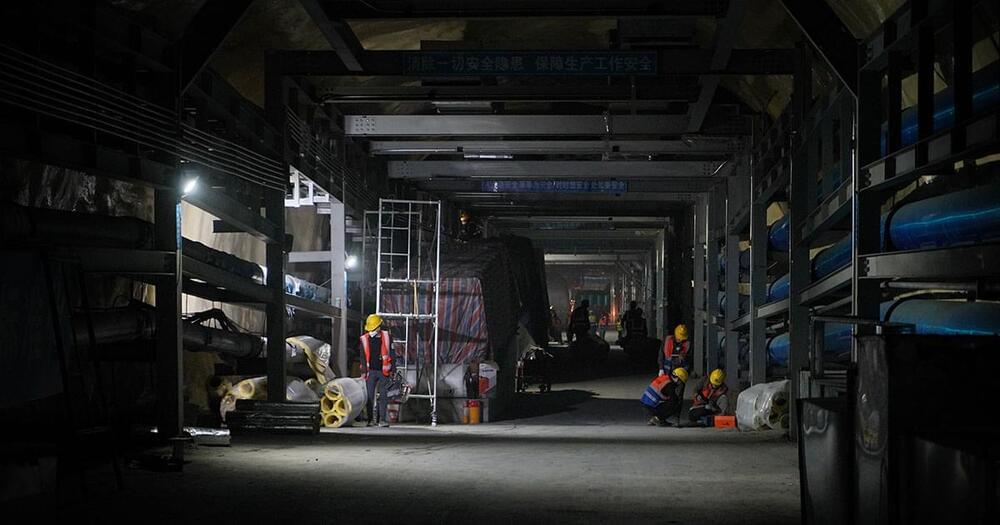
Chinese scientists have opened the deepest and largest underground lab in the world.
The newly expanded facility, located around 7,800 feet below the Jinping Mountains, will allow scientists to study dark matter, the mysterious substance that’s believed to account for more than 80 percent of the mass in the universe.
While scientists believe it’s the “glue” that holds the structures of the universe together, we have yet to directly observe it, since it’s thought to be unable to interact with other matter or reflect or absorb light.